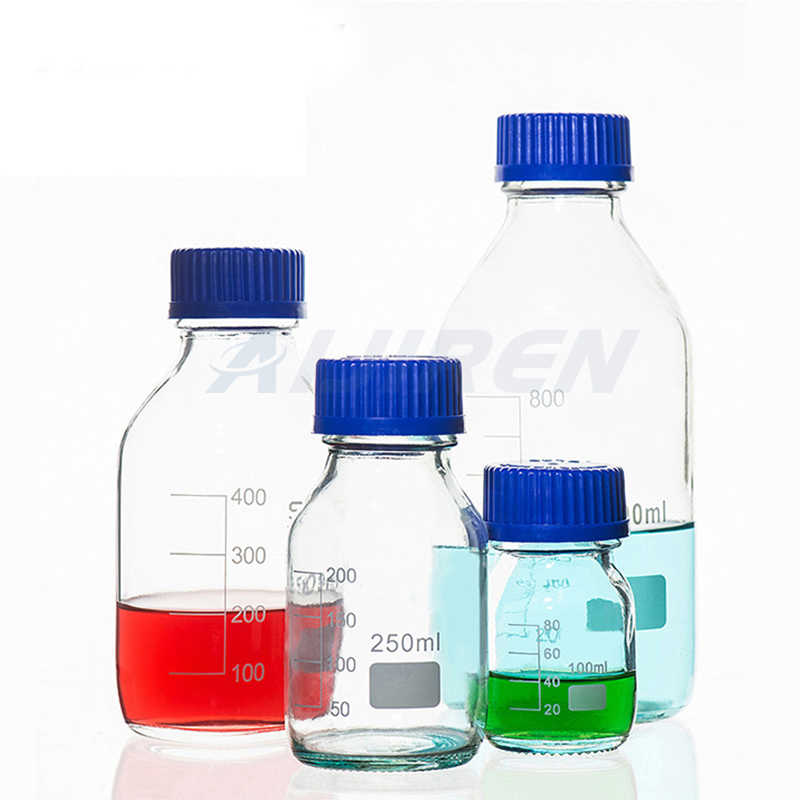Vial with septum for analytical chemistry testing
-
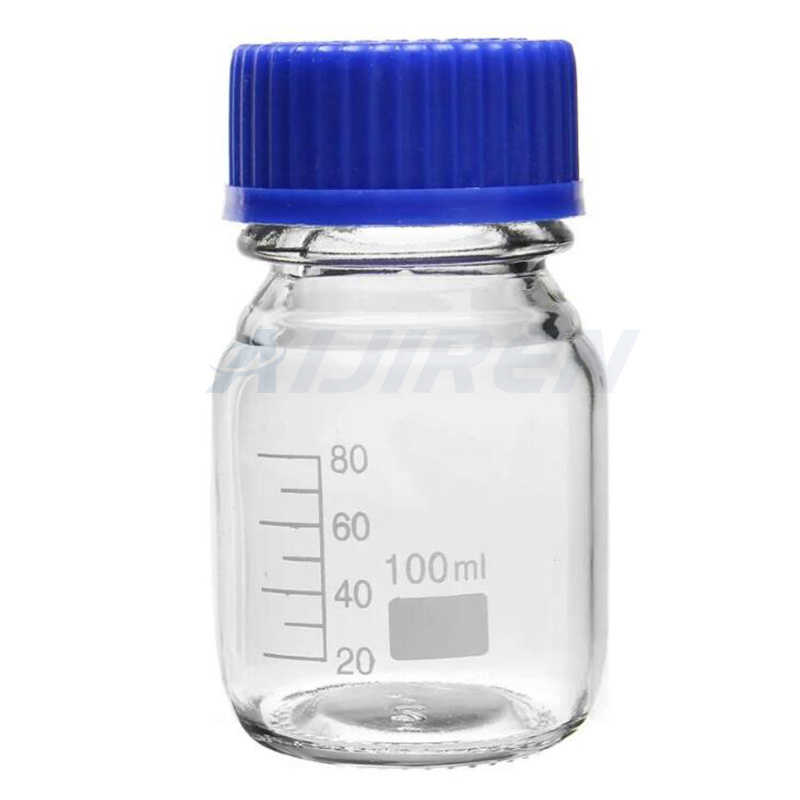
Septa selection guide
Diferent septa material for LC and GC applications. There are many diferent types of materials used to produce the septa found in LC and GC vial caps. This document will provide you with the technical guidance you need in order to make the right selection.
Get Price -
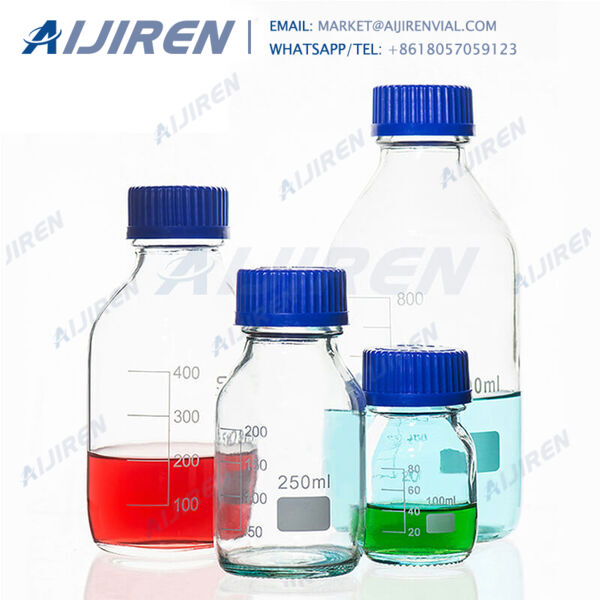
Breathalyzer - Chemistry LibreTexts
Aug 15, 2020 · Cap the vial with a septum then repeat to make a total of two vials. The vial can now be taken out of the fumehood, but dispose of gloves, scoopula and anything used when handling dichromate into an appropriately labeled waste container. 2.) Clamp the vial onto a ring stand with one vial above the other. Place one ventilation needle into each
Get Price -
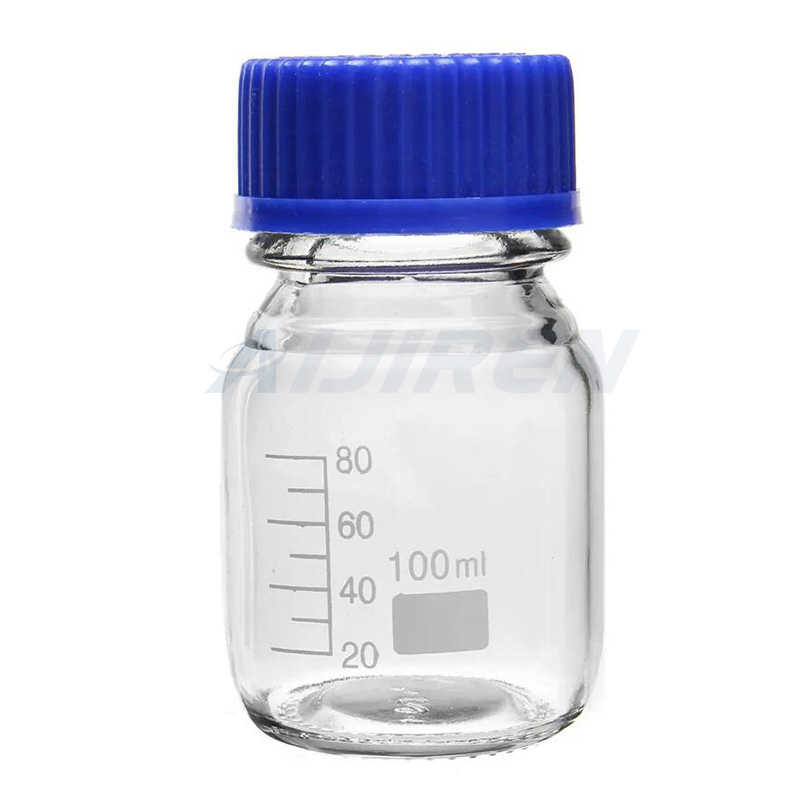
Septa Selection Tool | Thermo Fisher Scientific - US
Autosampler Vials & Caps for HPLC & GC›. Septa Selection Tool. Septa Selection for Autosampler Vials. Use this simple selector tool to choose the right SureSTART septum, cap, and vial to prevent autosampler injection failure. Go to SureSTART Selection Guide.
Get Price -

Chromatography Troubleshooting Guides - Thermo Fisher Scientific
Leaking syringe or septum. Check and replace the syringe at regular intervals. Check and replace septum at regular intervals. Leaks at the injection. Check the column connections. Run a leak check. Poor injection technique. Carefully meter the injected amount. Use a clean, good-quality syringe. Poor split flow or ratio control. Monitor the flow.
Get Price -
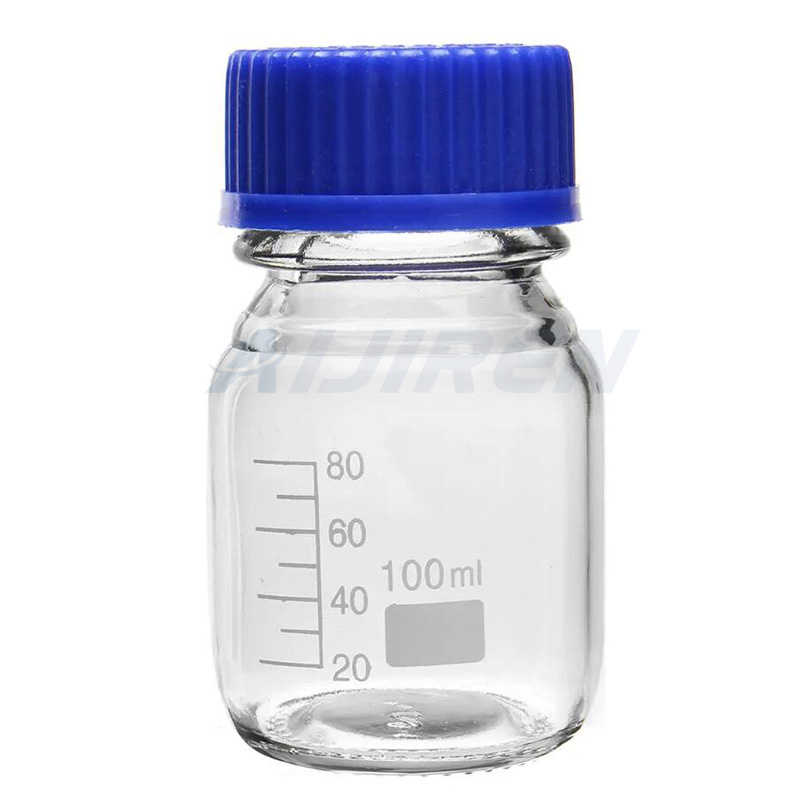
Septum Selection Guide Vials and Closures - Fisher Sci
Septa for use with general chromatography vials, liquid injection 2-056 PTFE/Natural Red Rubber PTFE Natural Red Rubber are moderately priced seals for GC and HPLC with good chemical properties. They are ideal for multiple injections due to high resealability, but not as easy to penetrate as PTFE/RR.
Get Price -
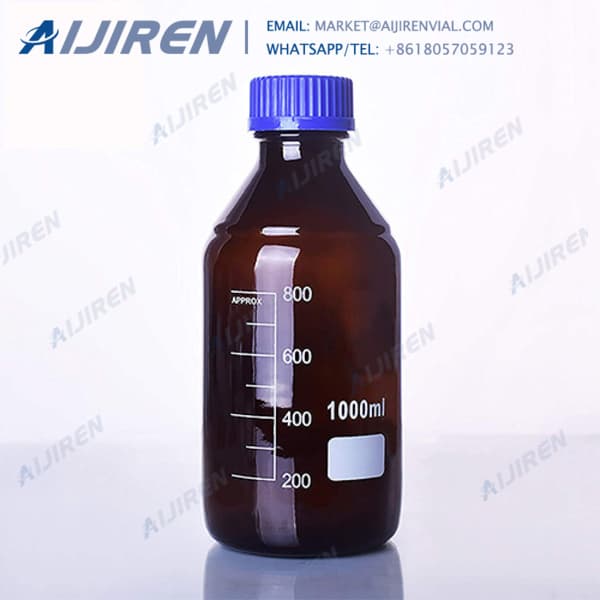
How Pierced PTFE/Silicone Septa Affect GC-MS Experiments
Jan 2, 2006 · Figure 3 - Typical mass chromatogram of volatile residue in hexane caused by PTFE/silicone septa: a) hexane extract of a piece of septum; b) vial septum was punctured once by a syringe to sample 1 μL hexane for GC analysis; c) hexane in the last vial was reanalyzed after 3 days; and d) analyzed immediately after 100 μL hexane was added from one vial to another (the septum was punctured 10
Get Price -
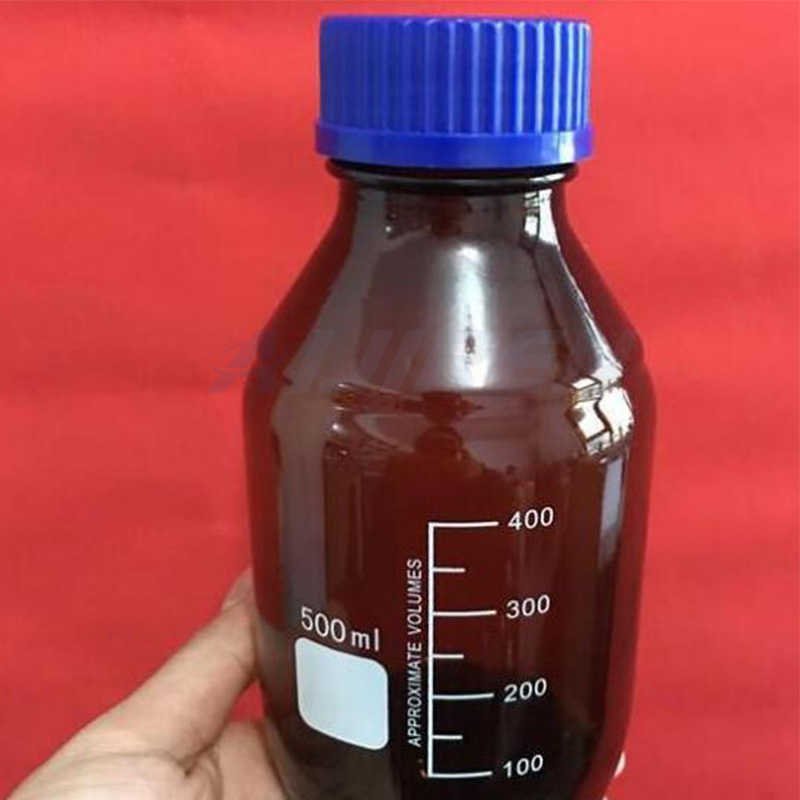
Septum at Thomas Scientific
Tuf-bond Septa (9711D10 to D45) Thickness: 100 mils Of silicone rubber with PTFE facing 10 mils thick Septa of butyl rubber, silicone rubber or rubber-laminated PTFE are available on special order. Septum diameter indicated in listings. Related Products: Screw Cap With Septum. Compare this item.
Get Price -

Toxicology: Blood Alcohol - Oberlin College
To a 10-mL headspace vial add (in order) 5.00 mL of aqueous standard or sample, 1.00 mL of internal standard solution, and 1.00 mL of ionic strength adjuster. Immediately seal the vial with a septum cap, and heat the vial to 80 oC. Heat the syringe that you will use to sample the headspace as well.
Get Price -
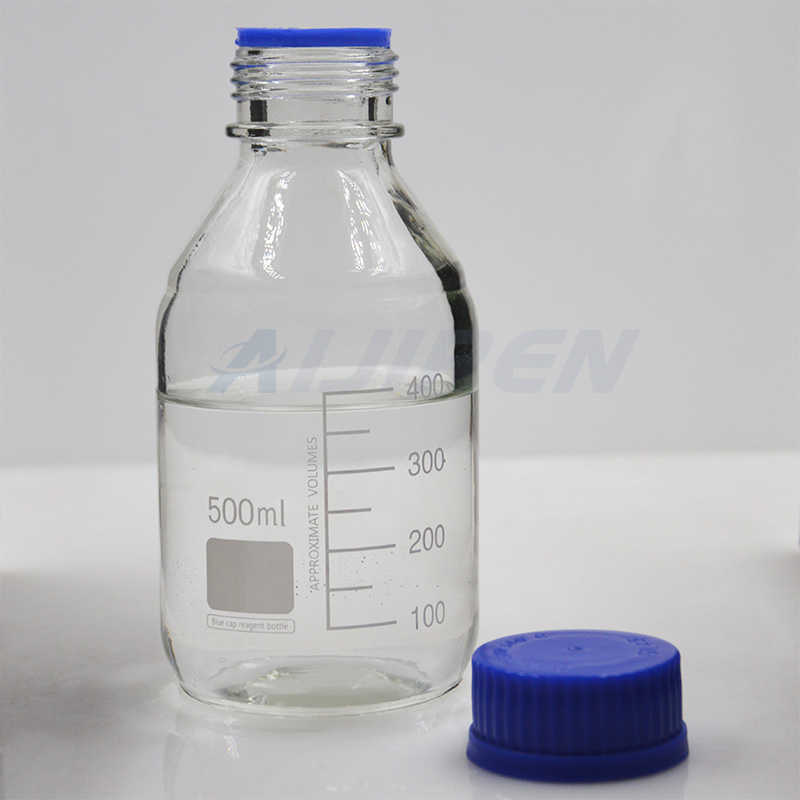
Septa | VWR
Septa. Septa are available in a variety of materials and thicknesses. PTFE Natural Rubber are moderately priced seals for GC and HPLC with good chemical properties. They are ideal for multiple injections due to high resealability, but not as easy to penetrate as PTFE/RR. PTFE/High Performance Rubber is a highly pure synthetic red rubber septum
Get Price -
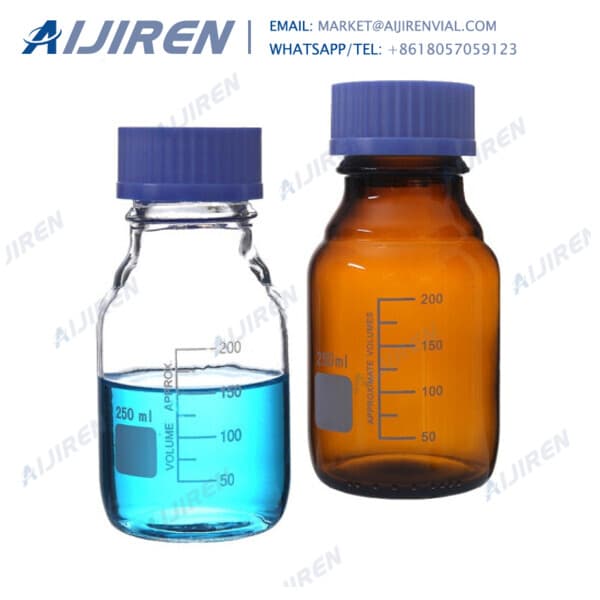
Septum Bleed during GC–MS Analysis: Utility of Septa of
Jul 10, 2012 · The current results reveal that other than Septum C, the remaining three are suitable for GC–MS analysis if used at IP temperature ≤150°C. Moreover, Septum D performance is generally superior to the other septa. Septum C bleeds even at 100°C, suggesting its unsuitability in routine high-temperature GC–MS studies.
Get Price -

Air-Sensitive Chemistry: Practical and Safety Considerations
The use of air-sensitive reagents in chemical research is not new. A significant amount of literature is available to provide foundations for safe handling and operation 3. An appropriate risk assessment and procedure must be based on the following two practices: The use of clean and dry glassware and equipment.
Get Price -

Best Practice for Reducing Coring and Fragmentation - West
Dec 7, 2020 · Hence, to reduce levels of cores/fragments, it is recommended that healthcare professionals and end users follow best practices such as piercing within the target ring to avoid hitting stopper legs, piercing at appropriate speeds, and limiting reuse of needles. West’s commitment to patient safety involves developing and supplying components
Get Price -
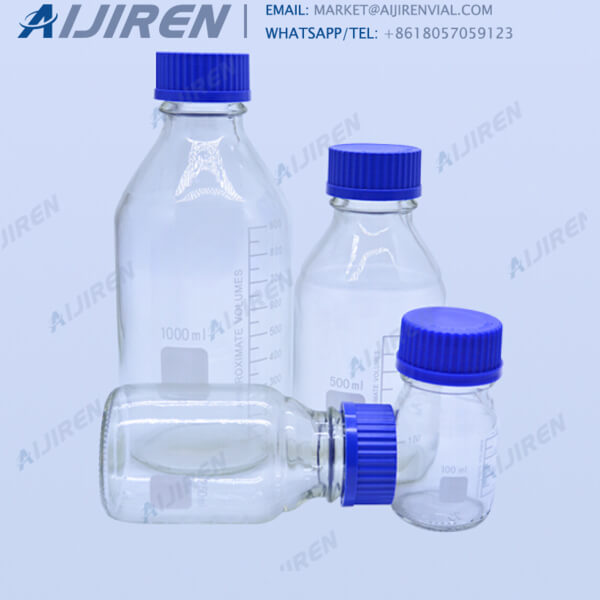
Sealing it with Septa
Jul 1, 2016 · Sample-vial septa must withstand multiple punctures during repeated syringe rinsing prior to injection, but there is no long-term requirement for a lasting seal. There are two remaining measures of vial septum performance: leakage and sample contamination. Vial septa can be made of softer and better sealing materials than inlet septa.
Get Price -

An Aijiren Septum is Not Just a Septum
The septum forms a barrier between your sample analyte in the vial and the outside atmosphere. This barrier protects your sample from external contamination while allowing a needle (from a manual or automatic syringe) to enter the vial, and extract the sample for the next stage of separation.
Get Price


